Understanding the 9 Phases of the Brand Cycle
When you google “The Brand Cycle” links to bicycle shops and fitness centers flood the page. It’s not until a part of the way down the first page, sandwiched between a Facebook page and a Yelp review, that an article explaining the brand cycle of a business appears.
So what exactly is The Brand Cycle in regards to a business aspect? The Brand Cycle is a model that displays the shopping journey. Understanding a customer’s journey is an important part of how a business works and can generate more sales and higher customer loyalty. The Brand Cycle can apply to products such as phones or computers or even subscriptions such as magazines or streaming services.
The nine phases of The Brand Cycle are:
- Impression – The customer first hears about the brand.
- Evaluation – The customer needs the product but needs to see which brand will fulfill their need.
- Purchase – The customer selects a brand and buys/signs up.
- Learning – The customer has the product and starts to learn how to utilize it.
- Use – The customer begins to use the product.
- Re-Evaluation – The need for a replacement or renewal comes up and the customer begins to evaluate their experience and consider new options.
- (Re) Purchase – The customer stays loyal to the brand and repurchases/renews.
- Leaving – The customer decides not to repurchase and leave the cycle.
Since The Brand Cycle is an integral part of understanding factors such as customer loyalty and a brand’s overall success, let’s take a deeper look at each phase.
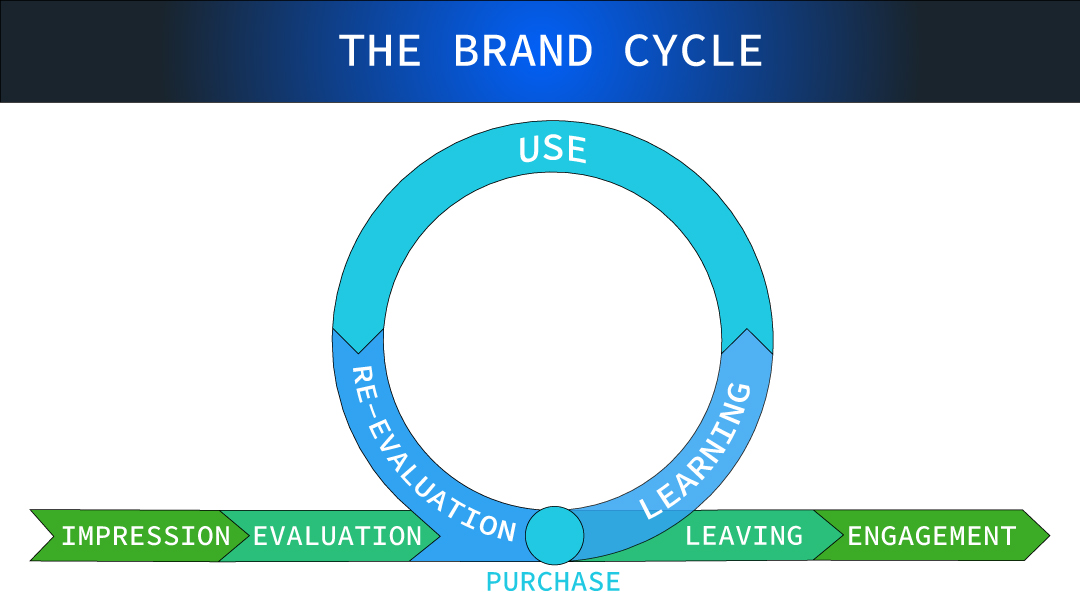
1. Impression Phase
The impression phase begins from the moment a potential customer hears about your brand or about your product that they don’t currently use. Be it word of mouth from a friend or even seeing an advertisement, as soon as the potential customer is exposed to your brand, the impression phase begins and it doesn’t end until the customer finally establishes a need for the product.
So what should your brand do during this phase? Communicate! During this phase, it is very important to engage in exposure such as advertising and product placement. This isn’t the time to overload the customer with a lot of facts about the product or what it does. Focus more on making a lasting impression on your potential customer by increasing your brand association.
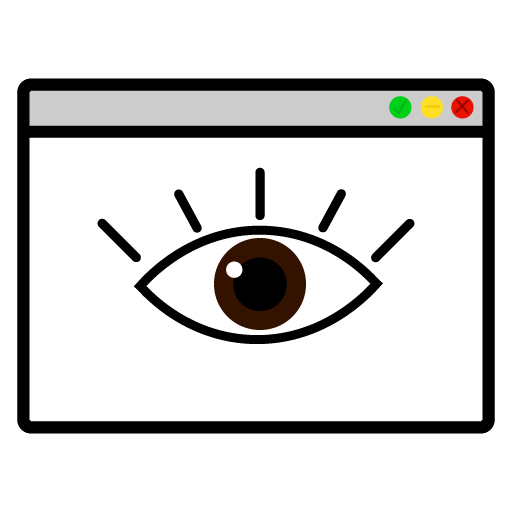
Example: With the cannabis industry growing and expanding, I have been looking at the idea of opening a dispensary. My friend started to tell me all about her success and all of the strains and buds her grower has. She told me all about her grower and another farm called “Happy ‘n Hazed” and I began to really consider my options. I looked into the logistics of owning a dispensary and after some more research, I decided to open my own store. Now I needed to find a farm to work with.

2. Evaluation Phase
The customer has established a need for a product that your brand has, but several other brands also sell a similar product. How does the customer pick which brand to buy from? We have officially entered the evaluation phase and it doesn’t end until the customer makes a purchase, or decides they don’t actually need the product.
To decide which product to buy, the customer will begin to evaluate and research the different brands they are considering buying from. Your advertisements should now establish why they need your product. Begin to go over the features and benefits that your product has and show some of the product details.
Example: There are so many growers in my area and even just in my country. I needed to do some serious research on products and availability for my needs so that I could sell the best products available. First I looked at some of the growers in my area and then I looked more into ones that don’t currently have partnerships with other dispensaries in my area. This led me to leaning more towards Happy ’n Hazed.
3. Purchase Phase
The customer evaluated all of their options and they selected your brand! Be it a physical product, your services, or a subscription, the customer is choosing to invest in you over the other brands. Yay! There is still one small detail though, they haven’t bought your product yet.
There are four factors that are very important to consider at this point in the Cycle and will help complete the purchase. If you want to be able to sell your products, you have to be 1) on a website or in a store that the customer wants to buy from, 2) able to provide all details and information they need, 3) have a price point within the customer’s budget, and 4) reassure the customer that they aren’t making a bad choice with your product.
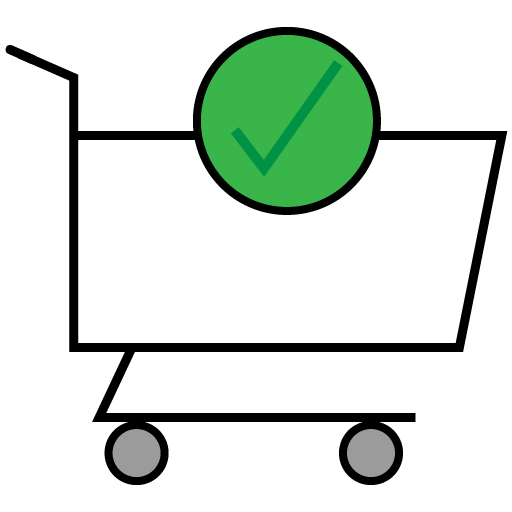
Example: So my purchase phase started once I decided on pursuing a partnership with Happy ’n Hazed. This grower had some unique buds, wasn’t selling in my area, and had some of the best reviews. They had a lot of information available online about their products and working with them seemed to be a great opportunity.
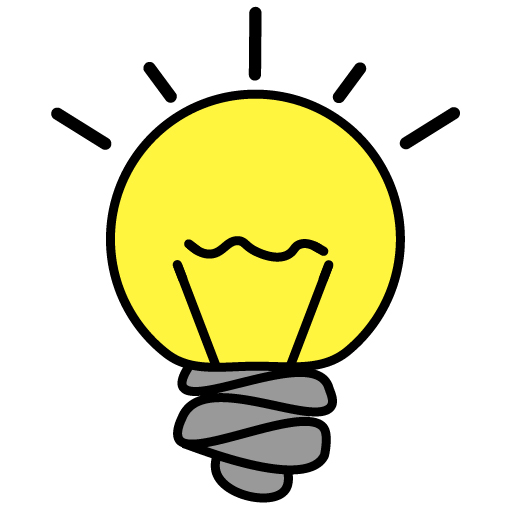
4. Learning Phase
You answered all of the customer’s questions and eased their concerns, you were affordable, and you were right there in their favorite store for purchase. The customer has now officially made a purchase of your product and they are beginning to learn how to use it.
Much like the other phases, communication is also a key part of this phase. It is important that your brand communicates with the customer on how to use the product so that they really get as much value out of the product. While instruction booklets might be helpful, more in-depth tutorials leave a more positive and longer-lasting brand association that will be important during the re-evaluation phase.
Example: I reached out to Happy ’n Hazed and we set up a partnership between the two of us. I still have a little bit of time before I open up the doors to my dispensary so in the meantime, I am learning a bit more about Happy ’n Hazed and their products. Their website contained a lot of information about their different strains and their growing process. This helped me become very familiar with them and how to better navigate our partnership in the future.
5. Use Phase
The use phase provides the most value to your brand. Your customer has all the knowledge and feels comfortable and skilled enough to use the product.
At some point during the use phase, however, the value of the product begins to decrease. With time, technology advances, the product wears out, or it is simply no longer in the customer’s interest. This leads to the customer realizing that they have to repurchase…but from who?
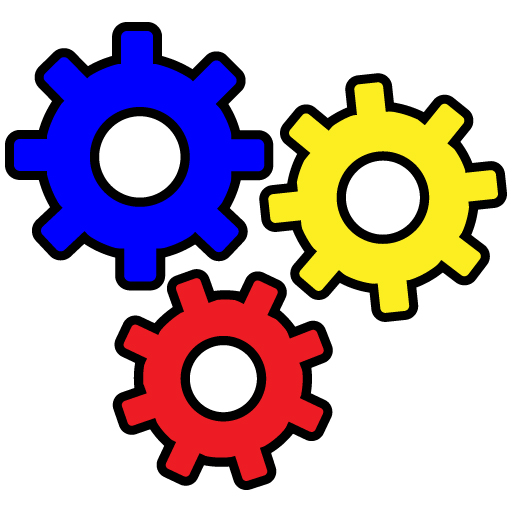
Example: After placing some orders and opening my store, I was able to officially enter my “Use” phase of the Brand Cycle. There were a few times in which some of my orders weren’t in on time or didn’t have everything that I ordered, but Happy ’n Hazed made sure to correct it in a timely manner.
As the industry has continued to grow and my original contract with my growers was coming to an end, I was met with the option of either renewing my contract or buying from other farmers. This launched me into my re-evaluation phase.
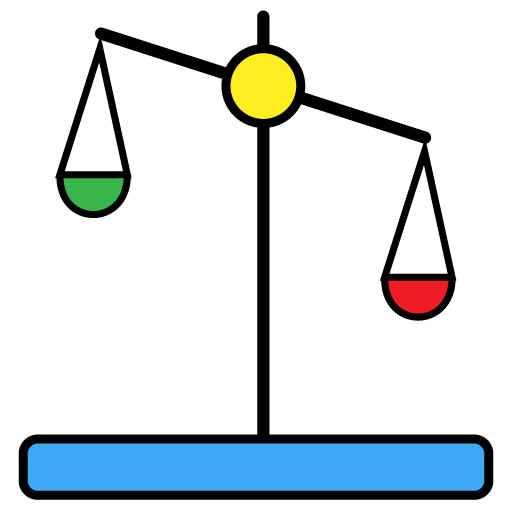
6. Re-Evaluation Phase
So the customer knows that they need a replacement product, but they aren’t entirely sure they are going to buy from your brand again. Much like the first evaluation process, the customer will look at the options that are now available and the difference between the brands and the products. The main difference this time is that the customer now has experience with your brand that will influence their decision.
Throughout this brand cycle, your brand has been creating an impression on the customer. You answered all the questions, had an easy-to-use product, and they associate your product with your happiness and success. If the impression has been a good one, it gives your brand an advantage during this phase. This is also to say that if the customer had a negative experience with the brand, a more harsh judgment would be cast.
Example: I had a tough choice to make. I either would renew my contract with Happy ’n Hazed, or I would pursue working with another farmer. This wasn’t a choice to make lightly so I had to look into a few other brands and reflect on my experience with Happy ’n Hazed and also look into a few other farms.
Because of my success, I have plans for expanding my business which would mean that I would need a lot more products. When I brought this up to my farmers, they mentioned that at this time, it wouldn’t be possible for them to supply me with all of my products since they were still a relatively small farm. Because of this, I realized that I would need to use other farmers to meet my goal.
7. (Re) Purchase Phase
This phase is the true test of your customer’s loyalty to your brand. The rules from the first purchase phase also apply to this one as well. Shopping is shopping so being present, informative, affordable, and assuring is still relevant and important.
In a perfect world for your brand, the customer will immediately purchase your product again. Yet, sometimes customers decide to purchase from a different brand and engage in a different brand cycle.
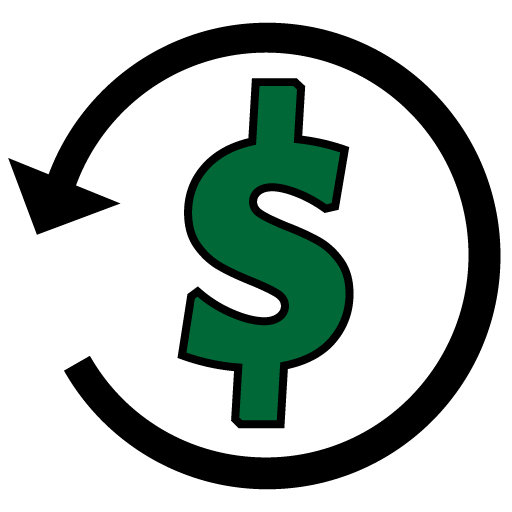
Example: When it came down to it, I decided to switch to a different farm that could fulfill all of my orders. It was cheaper and easier to order from one farm instead of multiple in order to get most of the same products. So I didn’t renew (or repurchase) and continue my brand cycle with Happy ’n Hazed.
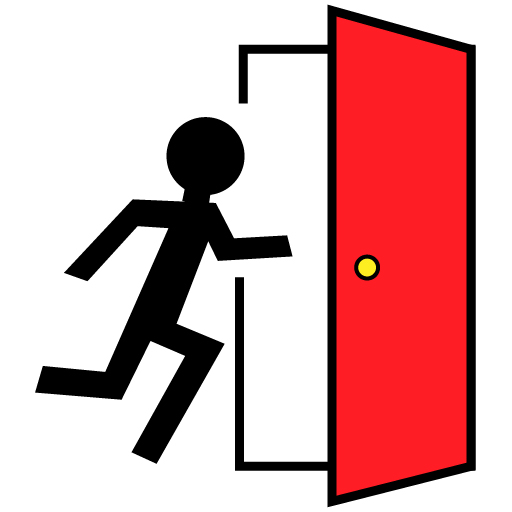
8. Leaving Phase
Sadly, not every customer will be a repeat customer. The leaving phase is when the customer decides to leave and stop using your brand. It is important to listen to their feedback and criticisms. Customers leaving is all a part of the cycle.
Keep in mind there is a chance that the customers could come back to your brand sometime in the future! Once a customer leaves your brand, they begin to go through another brand’s cycle. Perhaps during that other cycle’s re-evaluation phase, you are considered. This is why building and maintaining a positive brand association is so important.
Example: Once I left Happy ’n Hazed, I started my brand cycle all over again just with a different farm. I’m learning about their products, growth information, shipment details, etc. all until I eventually have to renew my agreement or buy from new farmers again.
9. Engagement Phase
Sometimes it is still worthwhile to reach out to previous customers to let them know that you are still there. If they left for a competitor, there is a chance that they might not be satisfied with their new purchase and could return to your brand. Occasionally reaching out to them and informing them of new products or changes in your business, especially if you listen to customer feedback, could help sway them to come back in the future.
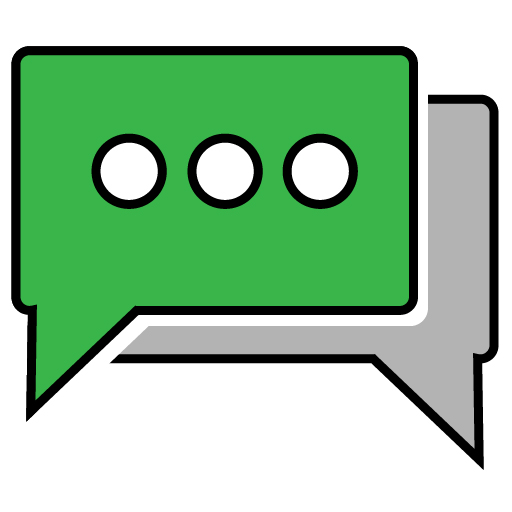
Example: Even though I switched farmers, I still occasionally get information from Happy ’n hazed about their expanding farms and some of their new buds. Some of my regular customers have even asked about buds that only Happy ’n Hazed had. Not to mention there have been several times that my current farmers are behind on fulfilling my orders. Because of this and recent expansion, I have started to consider ordering from Happy ’n Hazed again. The continuous communication has kept them in my mind and could lead to me becoming a customer again.
Overall
Understanding the customer’s shopping process can help your brand with advertising, communication, and developing your brand. Two of the most important factors of the Brand Cycle are creating a positive brand association with the customer and establishing clear communication. These things will help the customer feel better about your brand and allow them to feel more confident in your products.
Communication is used in every phase except Use and Leaving. A clear form of communication with your customer can help them feel heard and understand your brand. Know what to say and how to say it varies from phase to phase so make sure that you are paying attention to the customer’s position in the process.
A positive brand experience is more likely to stay loyal to the brand and also more likely to tell other people about your brand. One loyal and very happy customer could tell their friends and family about your brand and thus create the impression phase of the cycle for so many other customers.
The Brand Cycle is a part of every purchase experience whether the customer or brand knows it. It is important to note that the endpoints of the brand cycle diagram are marked with arrows. The Brand Cycle is a continuous process that never truly ends for consumers. This model can help your brand do better and potentially bridge the gap between simply making sales and outselling your competition.
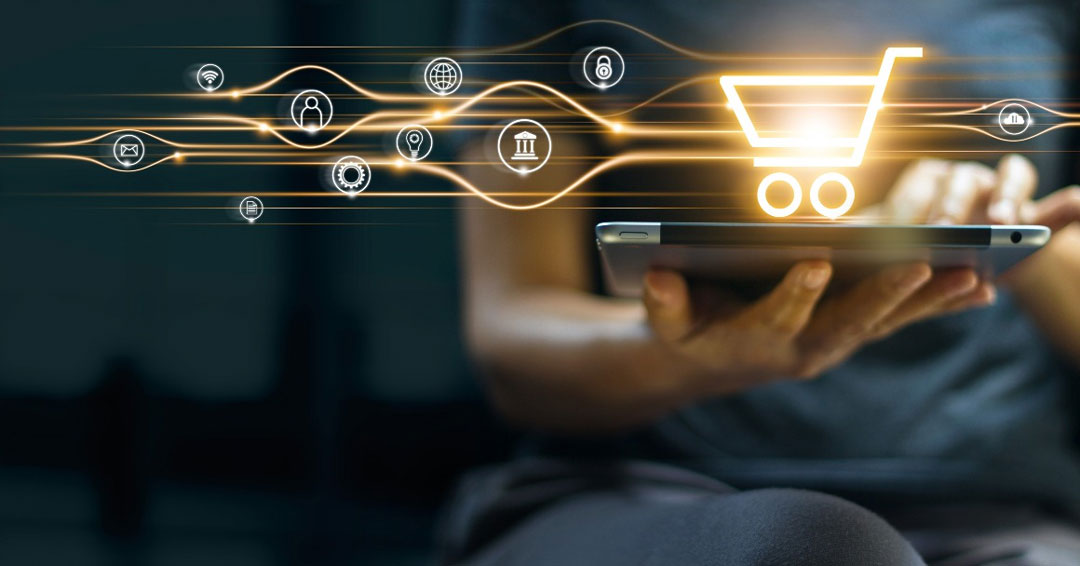
Recent Comments